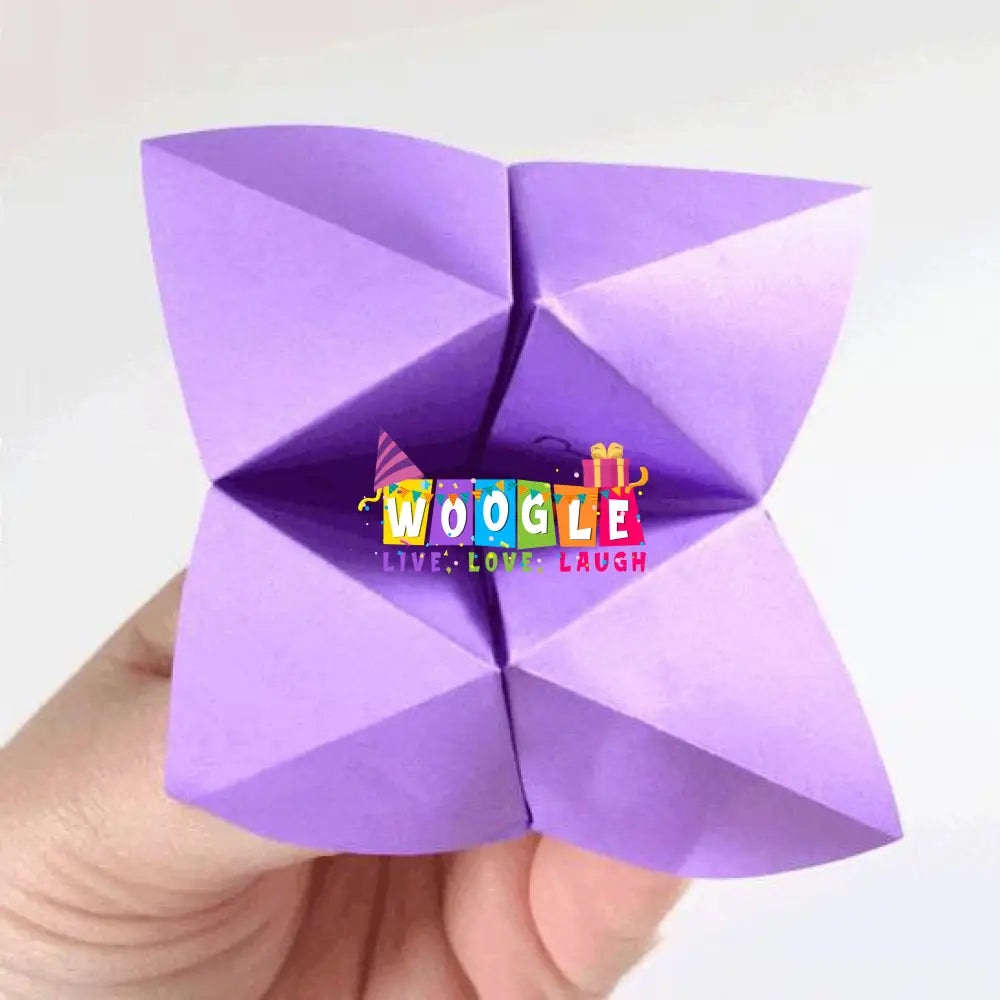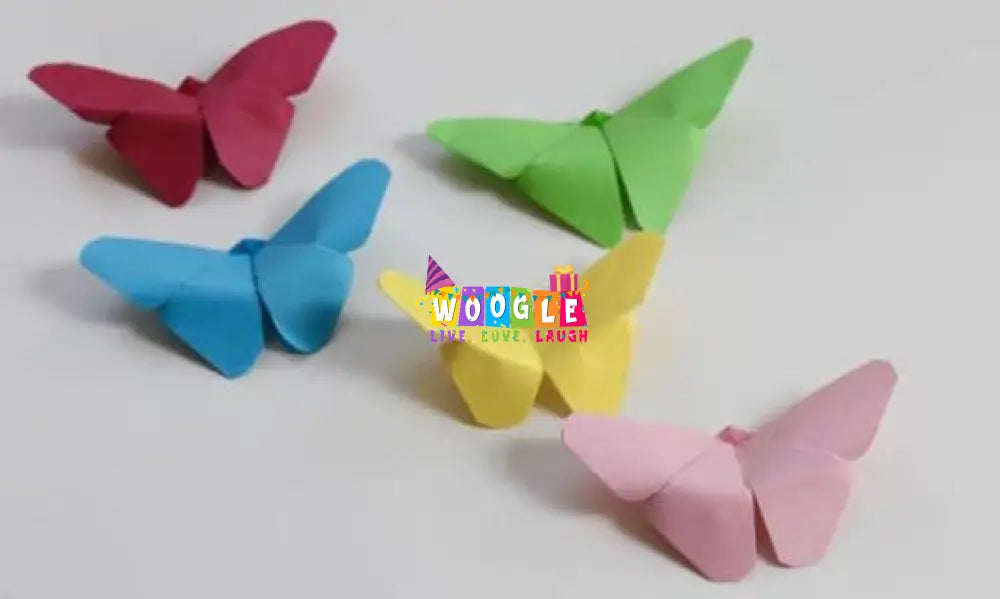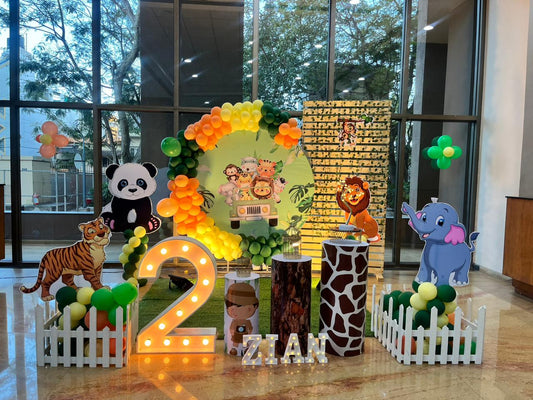Paper Origami
Paper Origami
Share
Origami is the art of paper-folding. Its name derives from Japanese words ori (“folding”) and kami (“paper”). Traditional origami consists of folding a single sheet of square paper (often with a colored side) into a sculpture without cutting, gluing, taping, or even marking it.
Paper was introduced to Japan in the 6th century. During this time, the practice of paper-folding emerged as a ceremonial Shinto ritual. It was not until Japan's Edo Period (1603 – 1868) that origami would also be viewed as a leisurely activity and art form.
Origami works often featured flowers, birds, and other nature-based motifs. These subjects are also prevalent in contemporary origami, which remains true to the traditional Japanese practice in all ways but one: originally, the practice allowed artists to strategically cut the sheets of paper. Today, however, true origami is sculpted entirely through folds—an attribute the Japanese adopted from Europe.
-
The artists are professional & working in this field from several years.
-
The artist will stay for 3 hours in your party.
- Material used by the artist for the activities: Non-toxic
- A table and chair need to be arranged from your side for the artist to arrange their props and carry out the activity



Event Artists
-
Tattoo Artists
Regular price Starting Rs. 3,000.00Regular priceUnit price / per -
Anchor/Game Coordinator/EmCee
Regular price Starting Rs. 7,000.00Regular priceUnit price / per -

 Sale
SaleBalloon Modelling
Regular price Rs. 3,500.00Regular priceUnit price / perRs. 3,800.00Sale price Rs. 3,500.00Sale -
Magic Show
Regular price Starting Rs. 6,000.00Regular priceUnit price / per -
Anchor/Game Coordinator/EmCee + Magician
Regular price Starting Rs. 10,000.00Regular priceUnit price / per
You May Also Like
-
Butterfly Party Theme
Regular price Starting Rs. 10,000.00Regular priceUnit price / per -
Jungle Party Theme
Regular price Starting Rs. 10,000.00Regular priceUnit price / per -
Candy Party Theme
Regular price Starting Rs. 10,000.00Regular priceUnit price / per -
Unicorn Party Theme
Regular price Starting Rs. 10,000.00Regular priceUnit price / per -
Ring structure Balloon Decoration
Regular price Rs. 8,000.00Regular priceUnit price / per



















